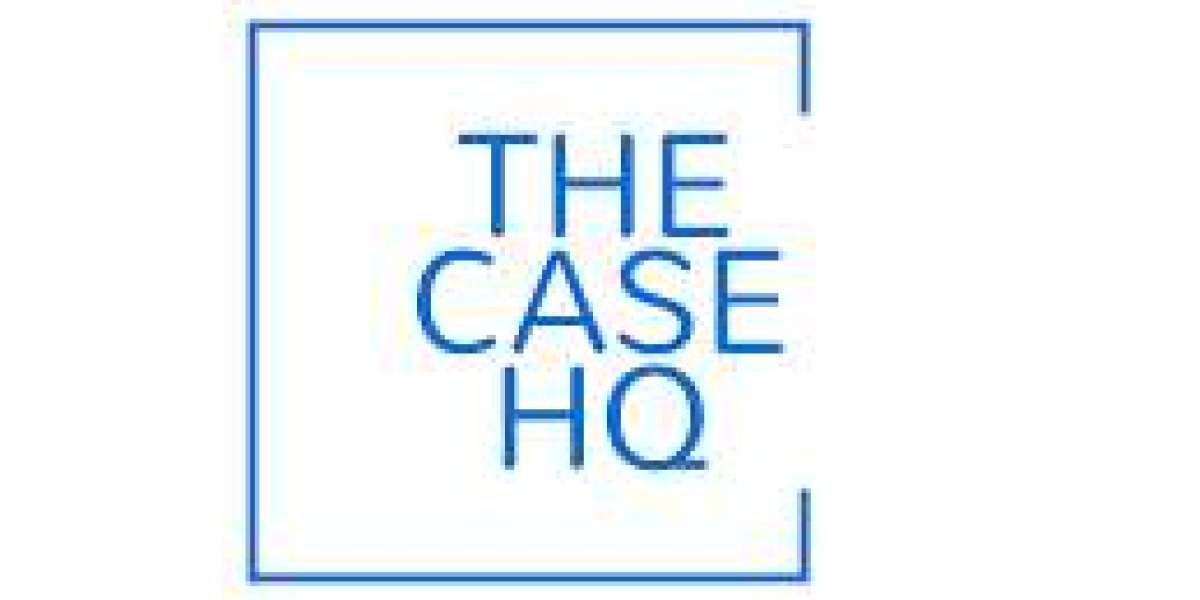In modern education, success isn’t defined by how much content is covered—it’s about how deeply students understand what they learn. One of the most effective approaches to ensuring meaningful learning is curriculum backward design. This curriculum planning framework helps educators create intentional, goal-oriented instruction by starting with the desired outcomes and working backward.
What Is Backward Design?
Backward Design is a method of curriculum planning developed by Grant Wiggins and Jay McTighe. Rather than beginning with lessons and activities, teachers first determine what students should understand and be able to do by the end of a course or unit. Once these goals are clear, the teacher identifies how students will demonstrate their learning, and only then plans the learning experiences to reach those outcomes.
The Three Stages of Backward Design
Backward Design is built on a simple but powerful three-step process:
1. Identify Desired Results
This first step focuses on defining clear, measurable learning goals. Teachers ask:
What are the big ideas and essential understandings students should take away?
What knowledge and skills should they retain?
What standards or benchmarks should be met?
2. Determine Acceptable Evidence
Next, educators plan how to assess whether students have achieved the desired learning outcomes. This includes:
Tests and quizzes
Projects and presentations
Performance tasks
Portfolios or written reflections
This step emphasizes authentic assessment—evaluating not just what students know, but how well they apply it.
3. Plan Learning Experiences and Instruction
Only after establishing goals and assessments do teachers design lessons and activities. These experiences are directly aligned with the outcomes and build the knowledge and skills students need to succeed.
Why Use Backward Design?
? Focused Instruction
Backward Design ensures that every lesson, activity, and assignment has a purpose tied to specific learning goals.
? Deeper Understanding
By planning with the end in mind, educators can create experiences that encourage critical thinking, problem-solving, and long-term retention.
? Better Assessment
Assessment is no longer an afterthought—it is integrated into the learning process, helping teachers track progress and adjust instruction.
?? Professional Clarity
Backward Design gives teachers a clear roadmap, reducing wasted time and increasing confidence in curriculum decisions.
Backward Design vs. Traditional Curriculum Planning
| Traditional Planning | Backward Design |
|---|---|
| Start with textbook or lessons | Start with learning goals |
| Assess after instruction | Plan assessments before instruction |
| Often content-driven | Always goal-driven |
| May result in disconnected activities | Ensures alignment and coherence |
Examples of Backward Design in Action
Example 1: High School History
Goal: Students will understand the causes and consequences of World War II.
Assessment: Research paper comparing two countries' roles in the war.
Learning Activities: Primary source analysis, group debates, map studies.
Example 2: Middle School Science
Goal: Students will be able to design and explain an experiment using the scientific method.
Assessment: Create and present a lab project with a written report.
Learning Activities: Guided experiments, case studies, discussions on scientific reasoning.
Challenges and Considerations
While powerful, Backward Design does require a shift in mindset. Educators must:
Invest time upfront to clarify goals
Be flexible in choosing content that supports outcomes
Be intentional in aligning activities with assessments
However, the long-term benefits—especially in student achievement and teacher effectiveness—make it worth the effort.
Final Thoughts
Backward Design transforms curriculum planning from a content-centered routine to a learner-focused journey. By prioritizing goals and outcomes, educators can ensure that every element of instruction supports deep, lasting understanding. It’s not about teaching more—it’s about teaching better.





